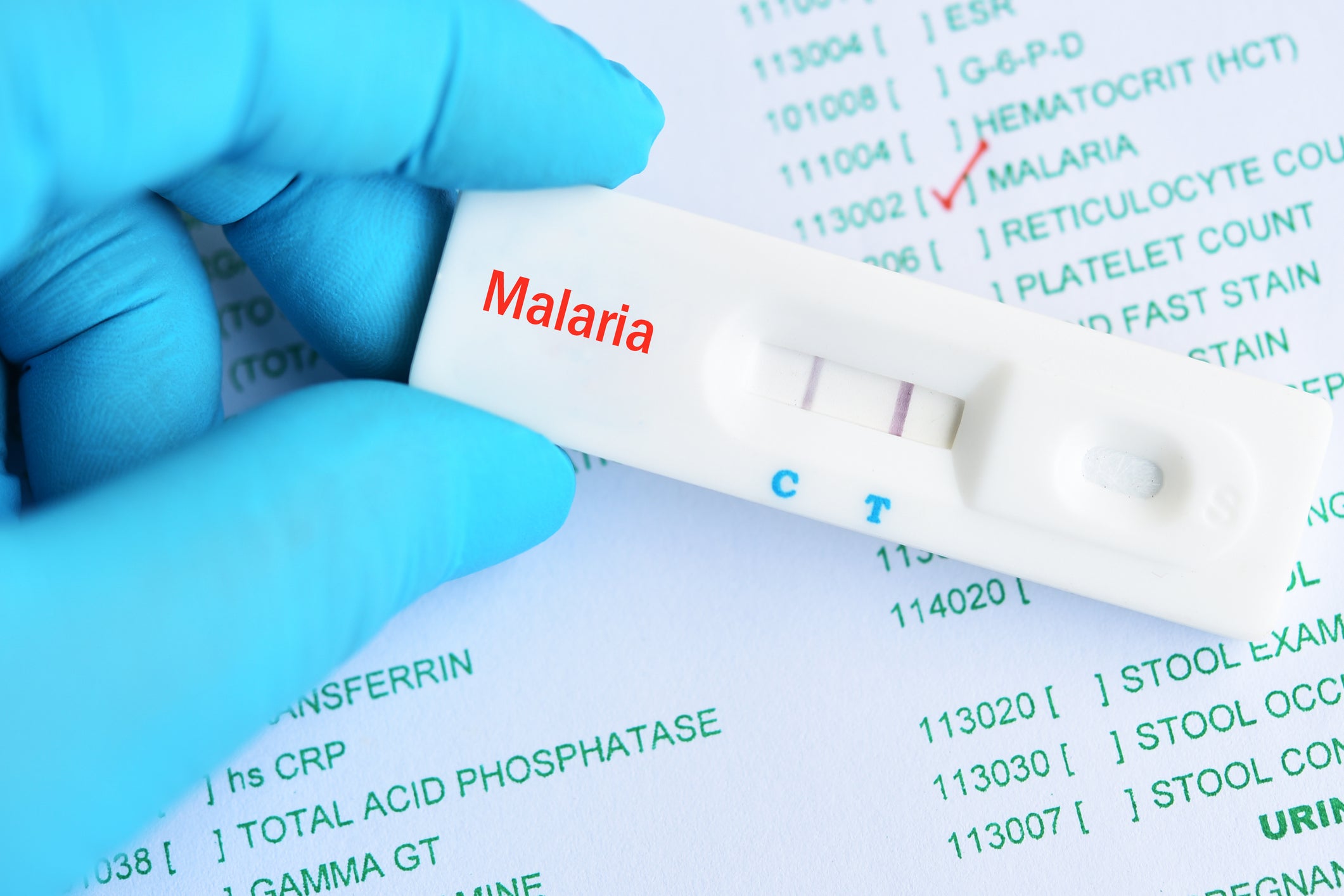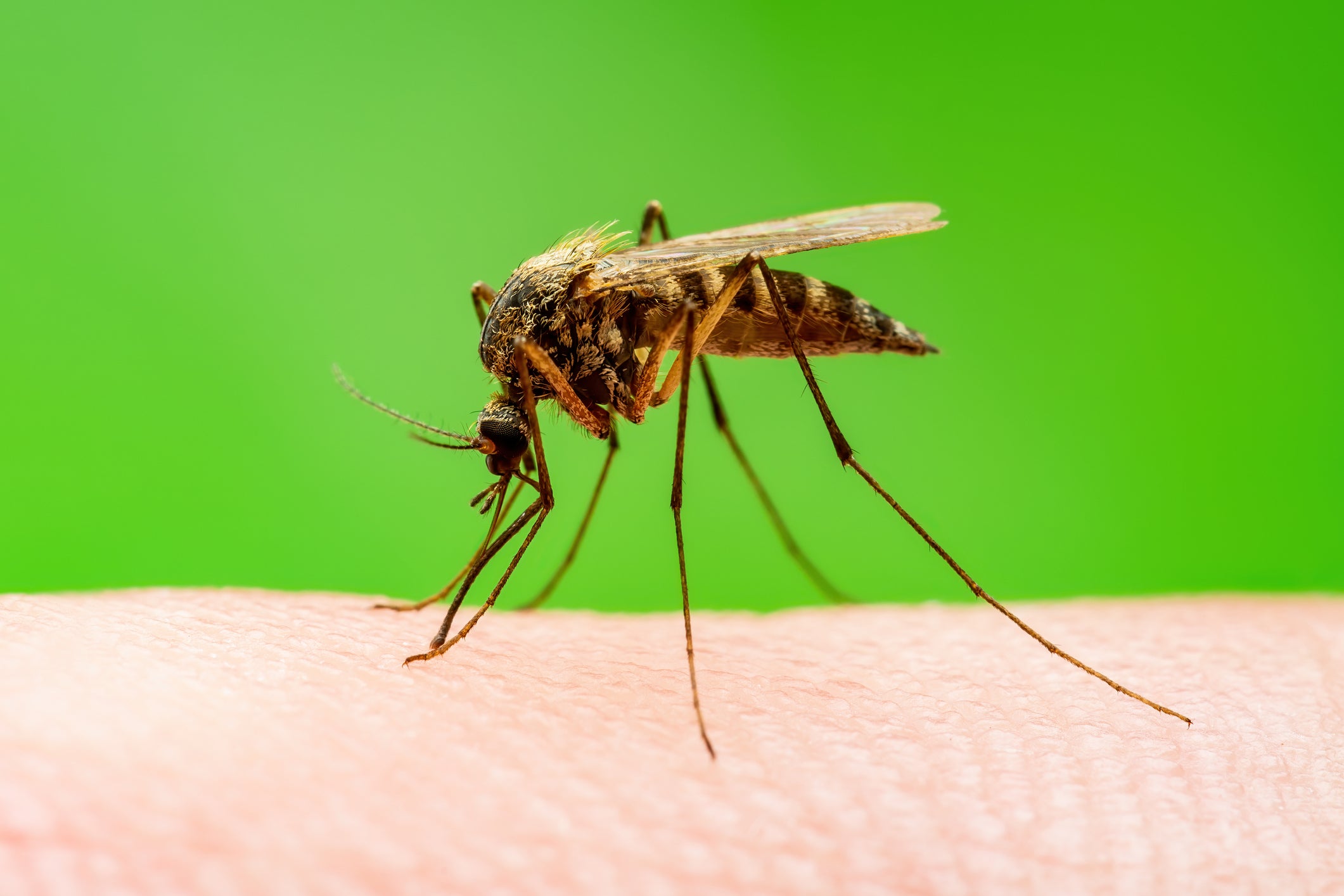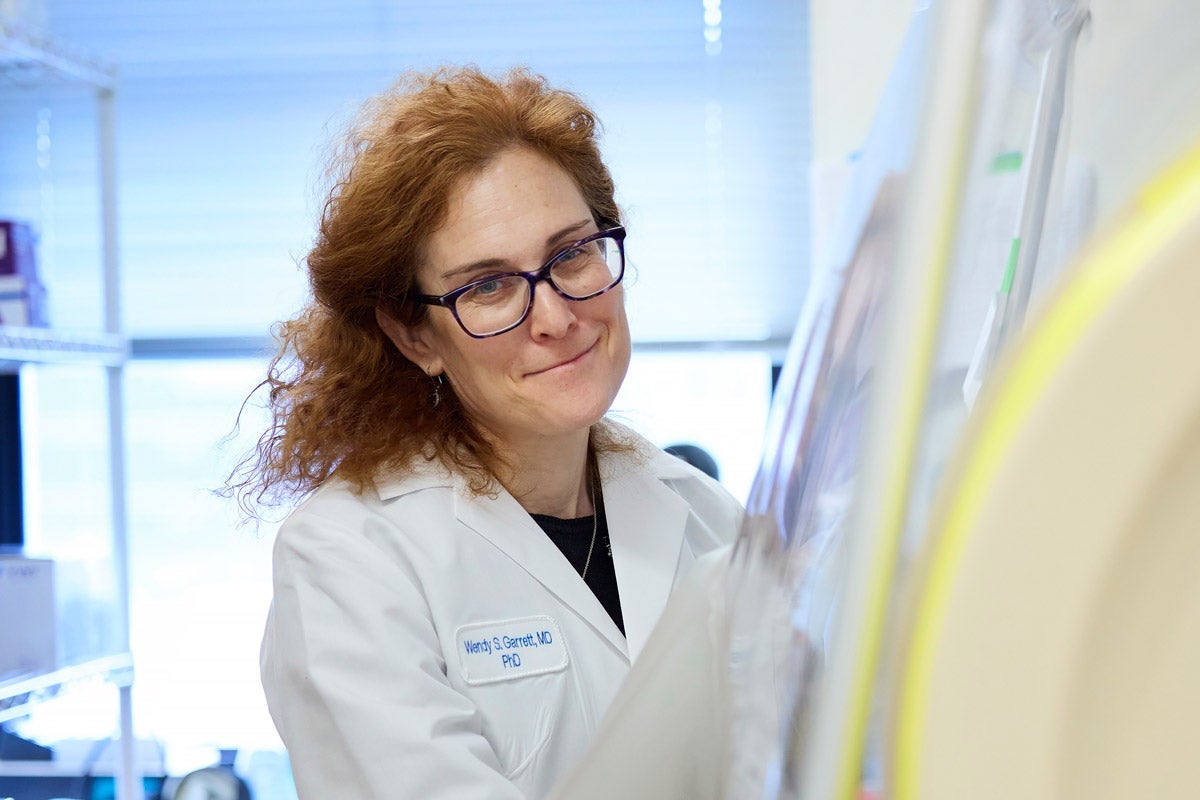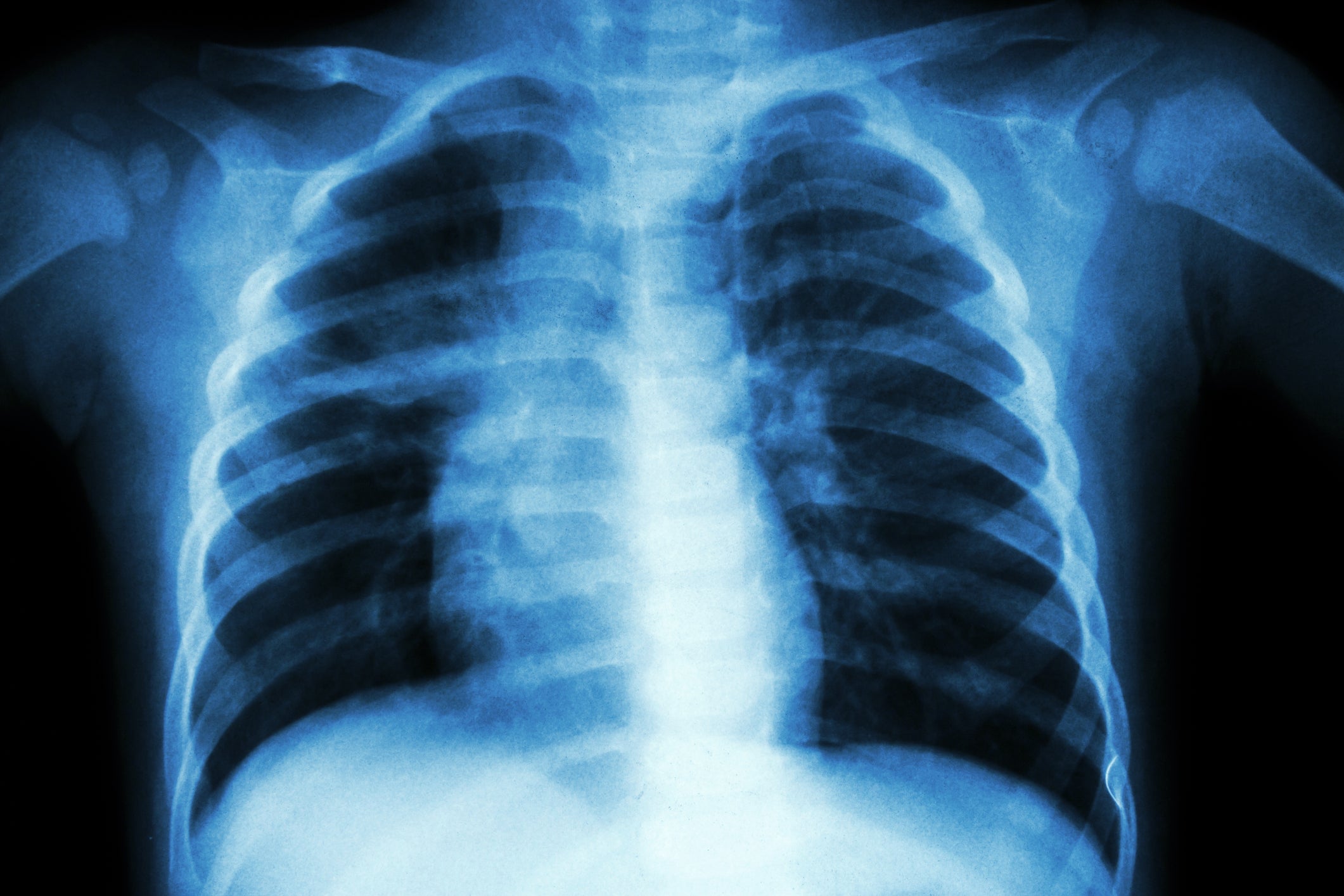Malaria is one of public health’s most intractable problems—one that’s poised to get worse in coming years, says Dyann Wirth, Richard Pearson Strong Professor of Infectious Diseases at Harvard T.H. Chan School of Public Health. Wirth’s research lab focuses on a major driver of malaria’s stubbornness: drug resistance. Below, she shares more about this issue and discusses a recently published study whose novel findings may pave the way for new antimalarials.
Q: Malaria is a disease that’s been around for centuries. How big is its impact globally?
A: Malaria is a major public health problem. It’s an infectious disease that currently infects around 250 million people annually and kills 600,000 of them—mostly children under five. Unfortunately, we anticipate that cases and deaths will increase over the next many years. That’s because cancelled international aid funding leaves many malaria-burdened countries unable to buy the bed nets, diagnostic tools, and drugs required to prevent and treat malaria. It’s also because of drug resistance. Over time, the parasites that cause malaria, carried by mosquitoes, have become resistant to almost every antimalarial drug that’s been developed.
Drug resistance is one of the biggest and most continuous problems with controlling an infectious disease like malaria, and unfortunately, it’s inevitable. Evolution always wins. When you put pressure on a population of organisms, if resistance can emerge, it will.
Q: How do we combat drug resistance if it’s inevitable?
A: We need to develop drugs with a longer lifespan. This is where our work as researchers come in. Our job is to uncover the biological mechanisms through which resistance occurs. Understanding these processes can enable us to anticipate the pace at which resistance emerges within certain molecules, so we can then develop drugs using the molecules in which resistance occurs less quickly. Another strategy is to combine drugs that have different mechanisms of resistance—if resistance arises to one drug, the parasite will still be killed by the second drug or third drug. This strategy is used for tuberculosis and HIV and slows the emergence of resistance. The ultimate goal is to discover if there are combinations of molecules that avert resistance altogether.
In my lab, we’re researching antimalarial drug resistance prospectively. We identify molecules that are able to kill the malaria parasite in a lab and thoroughly examine them before we pass them to others for the drug development phase. We want to understand: Is resistance an immediate problem with this molecule? If resistance occurs, how does it occur?
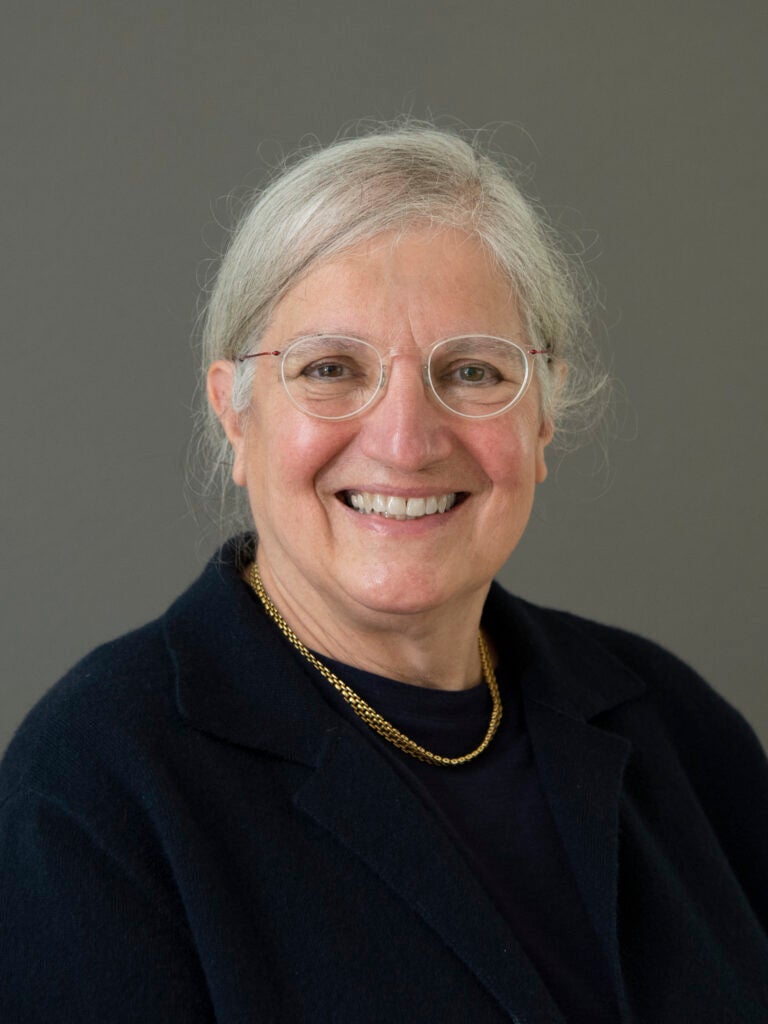
Q: What molecules are you specifically looking at and what have you found?
A: We’ve been studying the molecule halofuginone, which had shown promise as an antimalarial. We set out to discover if and how quickly resistance would emerge—and the answers are, yes and quite quickly. We saw in the lab that treating malaria parasites for a very short time with halofuginone produced resistance. That’s a helpful finding. Unless and until we understand how to mitigate or prevent this resistance from occurring, we know not to place halofuginone into the drug development pipeline.
It’s through this research that we also ended up solving a longstanding mystery in drug resistance and filling a critical knowledge gap in fundamental parasite biology. When we observed that parasites quickly grow resistant to halofuginone, we couldn’t explain how. Resistance wasn’t developing in any of the ways we’ve seen before. Through further study, we answered this question, too. We discovered a highly unusual way in which parasites can become resistant to halofuginone—and potentially other antimalarials and drugs—through a process we’ve termed the Adaptive Proline Response (APR). Usually when resistance occurs, it’s because an organism has gained a resistance function. In the case of APR, the organism loses a function—its amino acid transporter gene mutates, causing the loss of a protein that exports proline, an amino acid, out of cells. With this protein gone, proline levels rise 30-fold and essentially block halofuginone from working.
Q: How big of a discovery is this?
A: APR is completely novel—we don’t think it’s been described before in any other organism. And in general, we had never really thought about loss of function mutations as a mechanism through which organisms overcome a drug. So this is an exciting discovery and a big step forward. It opens up a whole new area of research into drug resistance and potentially paves the way for new antimalarial strategies and drug design.
